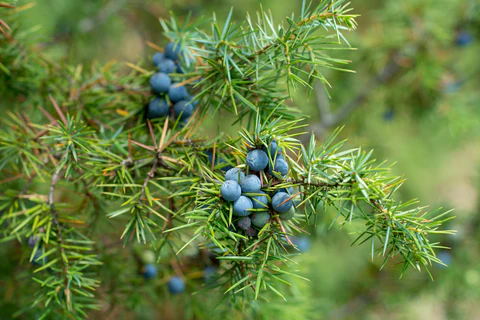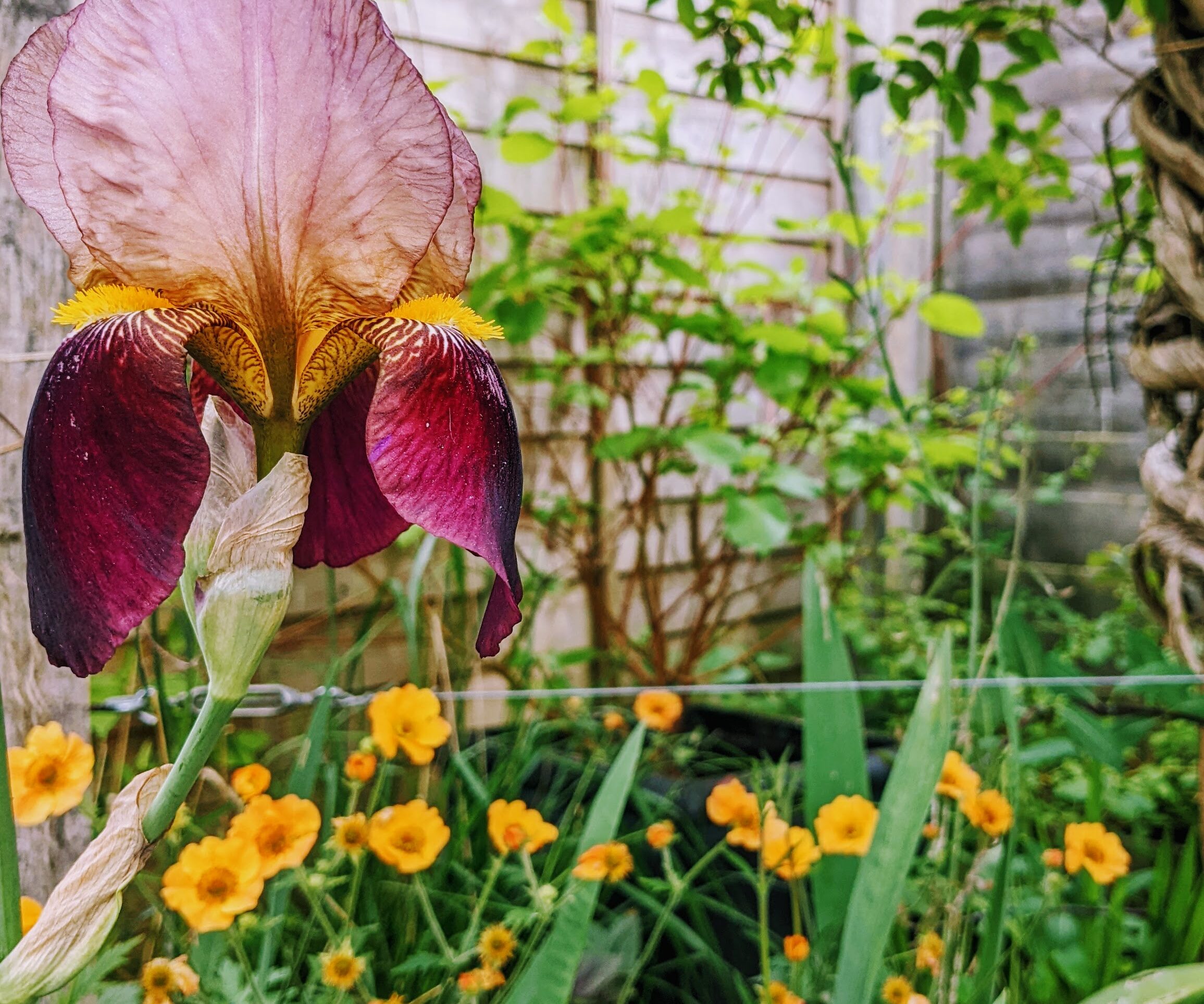Our last blog gave you some advice on gardening in Winter. Well, we are not packing up the winter warmers yet, but the Solstice is over, the days are getting longer and we would like to coax you out of the house and into the garden again.
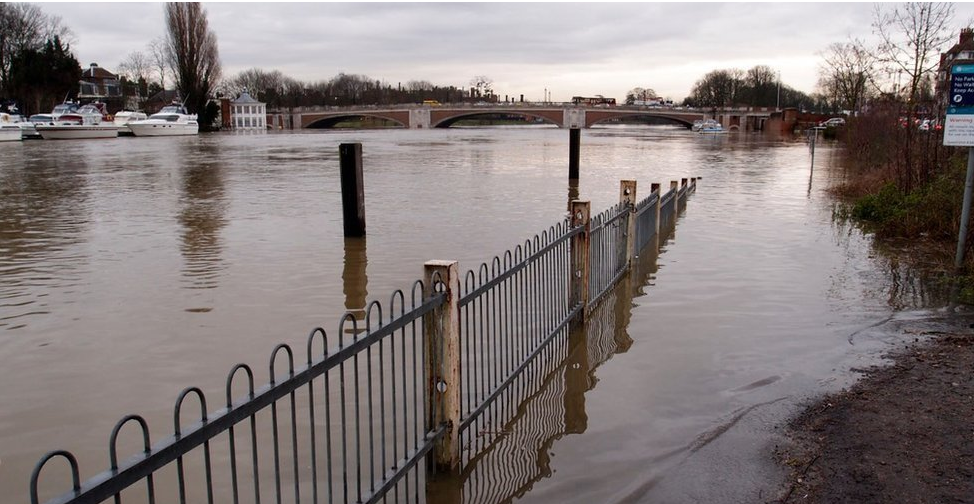
We must begin with the weather, of course. During this time of exceptional rainfall, all those articles we read on growing drought resistant plants to cope with climate change suddenly seem a little inadequate, now we need to add plants that can cope with damp roots too. Personally we are grateful to have avoided the worst of the floods, but driving from site to site and observing the Thames and Mole overflowing has certainly elicited sympathy for those not so fortunate.
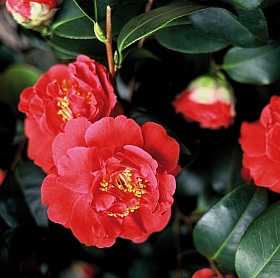
One consequence of the clouds and rain is that January has also been exceptionally mild. This can be a concern for gardeners. There is a deep red Camellia japonica in one of our gardens which has taken advantage of the warmer weather and come into flower. Any frost, though, and all this year’s blooms will be destroyed. This happens with such regularity that one could almost accuse it of being reckless until it is remembered that camellia is a visitor here, imported from the spacious heights of the Himalayas. It is not difficult to believe that those mountains may offer wider extremes of climate, but surely only England can be quite so unpredictable as to confuse such a hardy thing?
With Camellias the frost risk is to the flowers, but other plants may suffer damage to the new shoots as they emerge from winter dormancy. This will not damage plants long term, as new ones will follow on, but it will delay and shorten the growing season. In fact, on Gardener’s Question Time recently they quoted an Anglo-Saxon prayer which beseeched the Almighty, “Deliver us from a mild January.” Sometimes you wonder where they get this stuff from, but it certainly shows it is an ancient problem, for the Holley Designs it is just another detail that makes the garden endlessly variable.
For even in these winter months there is still something going on in the garden. You may not notice from the kitchen window, but step outside between the showers you will already find all sorts of things stirring from their seasonal slumber. The bulging buds, tender leaflets and burgeoning bulbs all stir hope even in these chilly and damp days. Look down at the ground and you will see a thousand seedlings poking hopeful leaves through the soil. If you are fortunate enough to have snowdrops or crocuses their flowers will already be defying the winter weather, and any heathers will be showing off their colourful displays. Look slightly higher and you may spot some plants in flower: Witch Hazel, Winter Jasmine or Sweet Box. Get closer to them if you can: all three have exceptionally fragrant flowers.
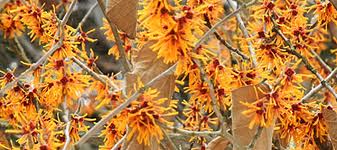
Don’t worry if you notice things that need doing. For instance, most of those new shoots you saw will sadly be weeds and some of the shrubs will need cutting back, ready for new growth with the rising sap. There will undoubtedly be wind damage to trees and fences, and you may notice patios and paths that need clearing of storm debris or creeping growth, help is at hand if all this proves too much.
Before you go in, winter is a good time to survey the framework of your garden. Is there an area not living up to its potential? Or maybe lacks the visual drama that you would like to see? Late winter early spring is the perfect time to plan for changes, from a redesign of your entire garden to the creation of a new planting plan that will re-energise a weary border or dull patch, the bare bones of winter show us the frame work on which we can build.


